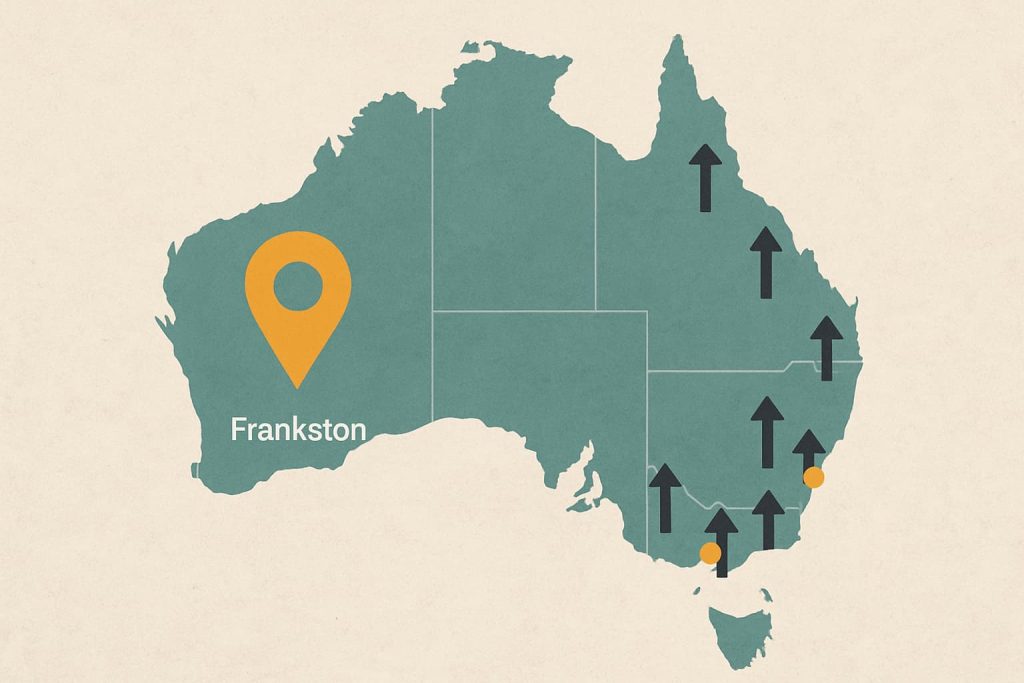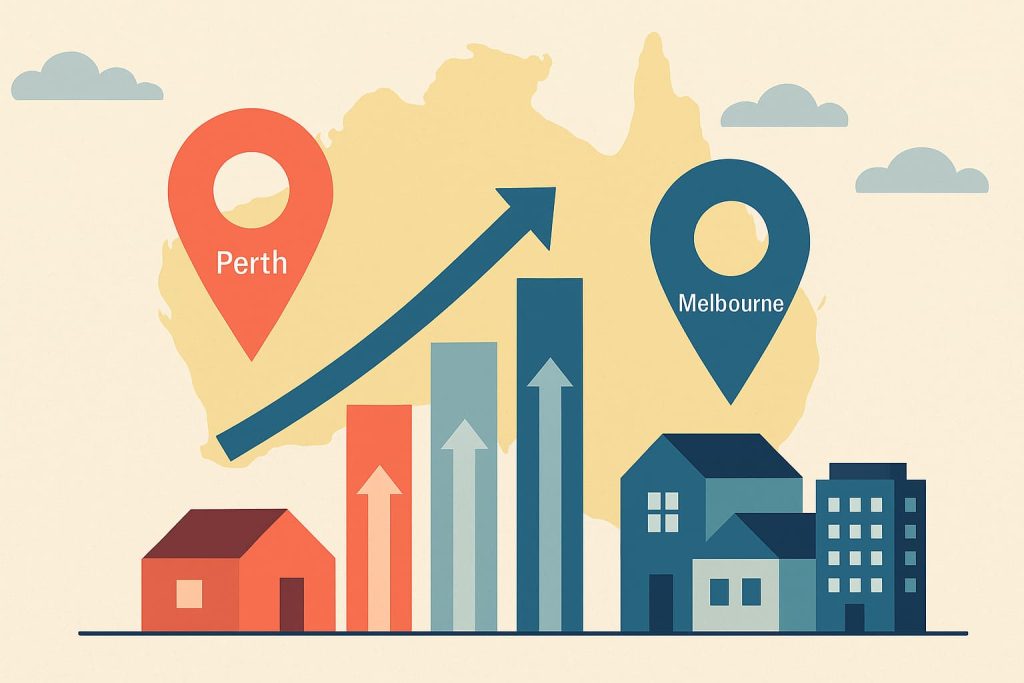The COVID pandemic rocked society through and through for a year or two and had its way with the property market, like it did everything else.
For the most part, the dust has (for now) settled on the devastating disruptions and restrictions, but realestate.com economist Paul Ryan has highlighted four standout footprints that the virus has left behind on the housing market.
1.Less people in houses
A natural and instinctual reaction to trying to limit the spread of the virus saw people move into smaller households.
Households with just one or two people in them became more common and conversely there was a significant drop in the number of sharehouses in 2021. Not only are people off the idea of living in crowded houses where viruses can spread and lockdowns come into effect, but with remote learning and working from home being all the rage, living with others becomes harder.
2.People moved to regional areas
Property prices in regional areas benefitted from the pandemic as people were keen to get away from it all, the restrictions and other people in general and move to the country for a lifestyle change.
Remote working has become the norm and it has facilitated this move for so many people. It wasn’t only country towns that saw an influx, the property markets of small capital cities like Adelaide and Brisbane also saw a surge in activity.
3. Bigger homes are in demand
With people wanting more space to get away from nasty viruses and a more comfortable environment in which to work from home, they have shown a willingness to spend more money to get a bigger house. The amount it costs for a big four-bedroom home compared to a one-bedroom unit is now 20 per cent higher than it was before COVID-19.
4.Renters have taken the plunge
The pandemic has seen a heap of activity from first-home buyers. Record low interest rates, government incentives and rising savings due to lockdowns saw many renters get their hands on a property for the first time. It has meant life has become tough for renters, who are now dealing with rising rents and shrinking numbers of rental property stock.
The future
The future trends are unclear, however with interest rates going up every month right now, it certainly won’t be as easy for first-home buyers as it has been during the pandemic years.
Also, with borders open, more demand and less rental stock, strong rent price growth should see the trend towards households spreading out reverse at least in part and start to group back together.
It is hard to get a read on whether people will continue to move out into the regional areas, but so far those property markets are still outperforming their capital city counterparts so they could well be long term changes brought about by COVID.
Buyers, sellers and market watchers will be looking on closely to see where things are headed next.



